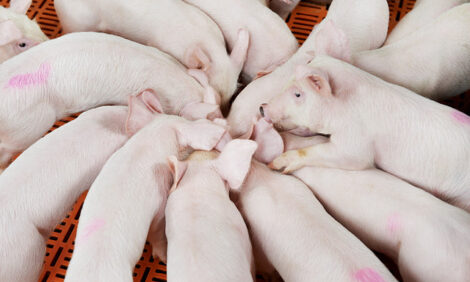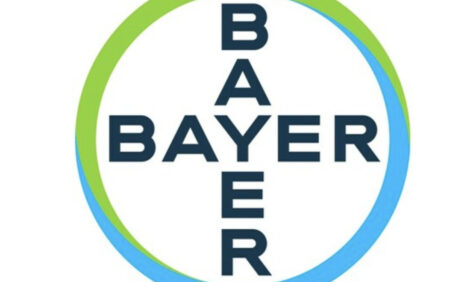



Carbon Market Opportunities for Agriculture
Carbon credits generated by agriculture are a relatively new commodity according to Dr Dave Beede and Dr Wendy Powers of Michigan State University in the latest MSU Pork Quarterly. They are generated on the farm by using management practices that reduce emissions of greenhouse gases (GHG; such as methane, nitrous oxide and carbon dioxide). Carbon credits generated on a farm are measured and verified, typically by an independent third-party verifier. They are sold in markets to other businesses as a means of offsetting environmental pollution created in their manufacturing processes.
A carbon credit is one metric ton (2,204 pounds) of carbon dioxide equivalent (CO2e). It is the currency for trading of GHG emissions that are reduced, destroyed (e.g., burned), removed from the air or never produced. Carbon markets have been established because GHG polluters either voluntarily – as in most of the United States currently – or through mandatory legislation (e.g. cap-and-trade laws) purchase carbon offsets to enable them to emit in excess of their defined cap limits. Cap-and-trade legislation and carbon markets have existed in Europe and other countries for years. Though there is no national cap-and-trade system currently in the United States, California recently instituted a state cap-and-trade system.
Primary goals of carbon markets are to reduce GHG emissions using an organized, competitive, market-driven mechanism that, over time, reduces the absolute quantity of GHG emissions. Demand for carbon offsets occurs when a cap-and-trade system and/or a carbon tax is implemented. Also, while carbon trading is going on among sellers and buyers, polluters are required by legislation to reduce absolute emissions over time.
Currently carbon credits from agriculture can be generated by carbon sequestration in trees (forests), tillage practices or capture of methane in anaerobic digesters. Methane it can be flared off to produce carbon dioxide – which is 21 times less potent as a GHG than methane – used to generate electricity or cleaned and compressed to natural gas to produce power or heat. Other potential practices to reduce carbon emissions and produce carbon credits are being researched, e.g. reduction in digestive tract methane production by ruminants.
The market price for carbon offsets depends on demand. In June 2008, carbon offsets were worth about $7.50 per metric ton of CO2e on the Chicago Climate Exchange. In December 2008, the market price was just over $1 per metric ton. When a federal cap-and-trade system is implemented and demand for offsets increases, US prices are projected to increase to $10 to $12 per metric ton by 2012, $20 by 2020 and $45 by 2030 as markets develop.
A farm manager who wants to develop a system to generate and sell carbon credits can work with a carbon broker or aggregator who understands carbon markets. A broker also facilitate on-farm measurement of credit generation, third-party verification, and bundling of credits from several farms to help market carbon credits.
Carbon markets provide a financial opportunity to adopt conservation and mitigation technologies and practices to reduce GHG. They also offer some agricultural businesses the potential to generate revenue and to help compensate for additional on-farm costs associated with voluntary and/or future mandatory air quality improvements and energy management.
This article first appeared on the Michigan State University Animal Agriculture and the Environment web site.








